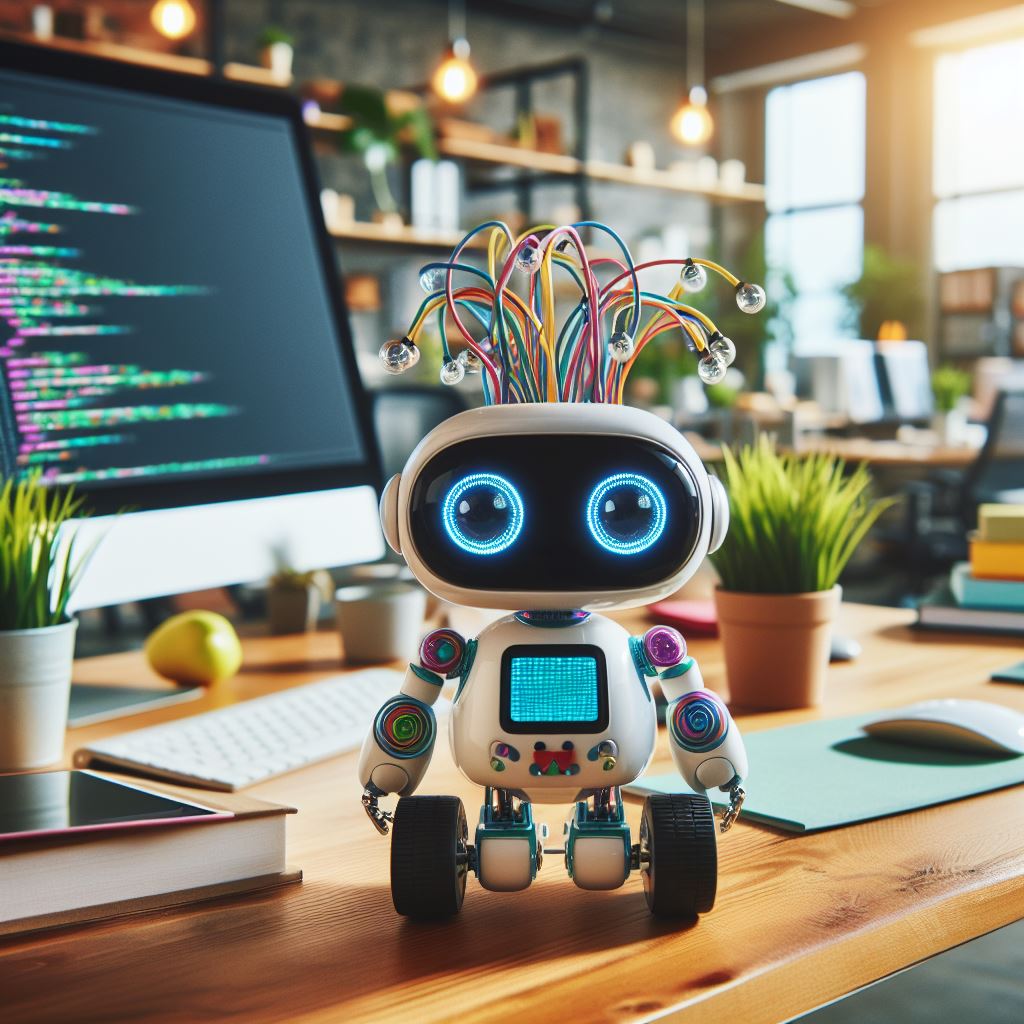AI Chatbots vs. Human Agents: A Study

AI chatbotses strive to enhance customer experience while optimizing operational efficiency, understanding the interplay between these two forces becomes crucial. This article dives deep into the contrast between AI chatbots and human customer service agents, examining their capabilities, performance in real-world settings, and projecting future trends that could redefine the industry standards.
Overview of AI Chatbots and Humans
AI chatbots and human agents serve the primary function of facilitating customer service but through distinctly different means. AI chatbots are software applications programmed to respond to text or voice commands, often utilizing machine learning to improve their responses over time. They are designed to handle multiple inquiries simultaneously, providing quick responses around the clock. On the other hand, human agents bring emotional intelligence and the ability to handle complex, nuanced interactions that may be beyond the current scope of AI technology.
The integration of AI chatbots in customer service primarily aims to increase efficiency and reduce cost. By automating routine tasks, chatbots free up human agents to handle more intricate issues that require a human touch. This synergy can potentially lead to a higher satisfaction rate if implemented strategically. However, the lack of emotional depth in AI responses and the potential for misunderstanding subtle cues can be seen as significant drawbacks when compared to their human counterparts.
The coexistence of AI chatbots and human agents can be harmonious and beneficial. A balanced approach, where chatbots handle preliminary interactions and filter out simple queries, can enhance the overall efficiency of customer service departments. This allows human agents to focus on providing empathetic and detailed support where it is most needed, potentially elevating the overall customer experience.

Key Differences and Capabilities
AI chatbots excel in handling a high volume of interactions across various platforms simultaneously. This capability is critical in today’s digital age, where consumers expect instant responses. Furthermore, AI systems can easily integrate with multiple data sources to provide information rapidly and consistently, which is a significant advantage over human memory and speed.
Human agents, however, excel in areas requiring emotional intelligence, judgment, and personal touch. They can navigate complex customer sentiments, adjust their approach based on subtle cues, and provide empathetic understanding, which AI currently cannot replicate. This human element can be crucial in turning a negative customer experience into a positive one.
While AI chatbots continue to improve through advances in natural language processing and machine learning, they are not yet at a stage where they can fully understand or replicate human emotions. Their responses can sometimes come off as robotic, which may not satisfy customers seeking a more personal connection. Thus, the blend of AI and human capabilities is often seen as the best practice in modern customer service.
Performance Analysis in Customer Service
Studies and real-world applications have shown that AI chatbots significantly reduce response times and increase customer satisfaction when used for handling straightforward queries. For instance, a report by Salesforce indicated that chatbots could handle up to 80% of standard customer service questions effectively. This automation leads to faster resolution times and allows human agents to dedicate more time to complex cases.
However, in scenarios that involve high emotional engagement or require deep problem-solving skills, human agents outperform AI chatbots. The nuanced understanding and flexible decision-making abilities of humans are crucial in managing sensitive or critical customer service scenarios. This effectiveness in handling complicated interactions enhances brand loyalty and customer retention.
Metrics like first contact resolution and customer satisfaction scores often improve in environments where AI and humans work in tandem. Combining AI efficiency with human empathy and problem-solving capabilities tends to cover a broader spectrum of customer service demands, leading to better overall performance metrics.

Future Trends and Predictions
As technology advances, the capabilities of AI chatbots are expected to become increasingly sophisticated. Predictive analytics, deeper learning algorithms, and better integration with IoT devices will enhance the responsiveness and accuracy of AI interactions. It is anticipated that AI will not replace human agents but rather become more adept at augmenting the human role, making customer service more efficient and integrated.
The future might also see a rise in sentiment analysis technologies, which could enable AI chatbots to better understand and react to human emotions. This advancement will bridge one of the most significant gaps in the AI-human interaction, potentially increasing the scenarios in which AI can operate independently.
Lastly, the continuous improvement in AI technology will likely prompt a reevaluation of human roles in customer service. Human agents will need to adapt by focusing more on complex, high-value interactions that require deep empathy, creativity, and problem-solving — attributes that AI is unlikely to replicate fully in the near future. This evolution in roles will necessitate ongoing training and adjustment in human skill sets to meet changing demands.
As we navigate the symbiotic relationship between AI chatbots and human agents, it’s clear that both elements bring indispensable value to the customer service industry. By leveraging the strengths of each, businesses can achieve a more streamlined, efficient, and emotionally intelligent customer service framework. The future beckons with promises of technological advancements that will further refine this dynamic, ensuring that customer service continues to evolve in ways that prioritize both efficiency and the human touch. The journey of using AI in customer service is not just about technological adoption but also about enhancing human capabilities to meet the ever-changing expectations of customers. 🌐🤖👥

